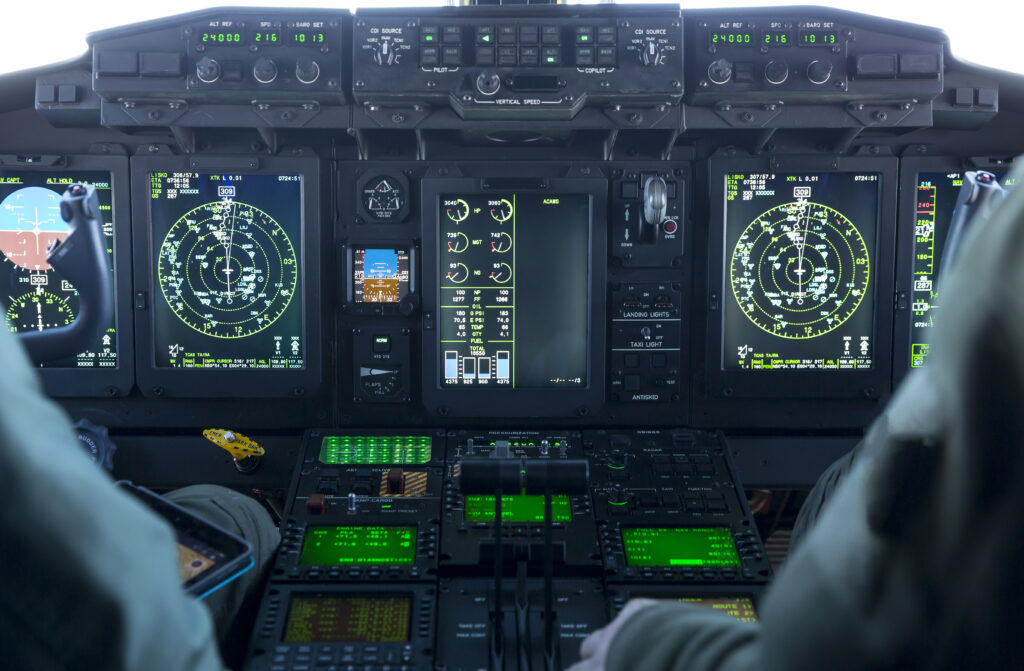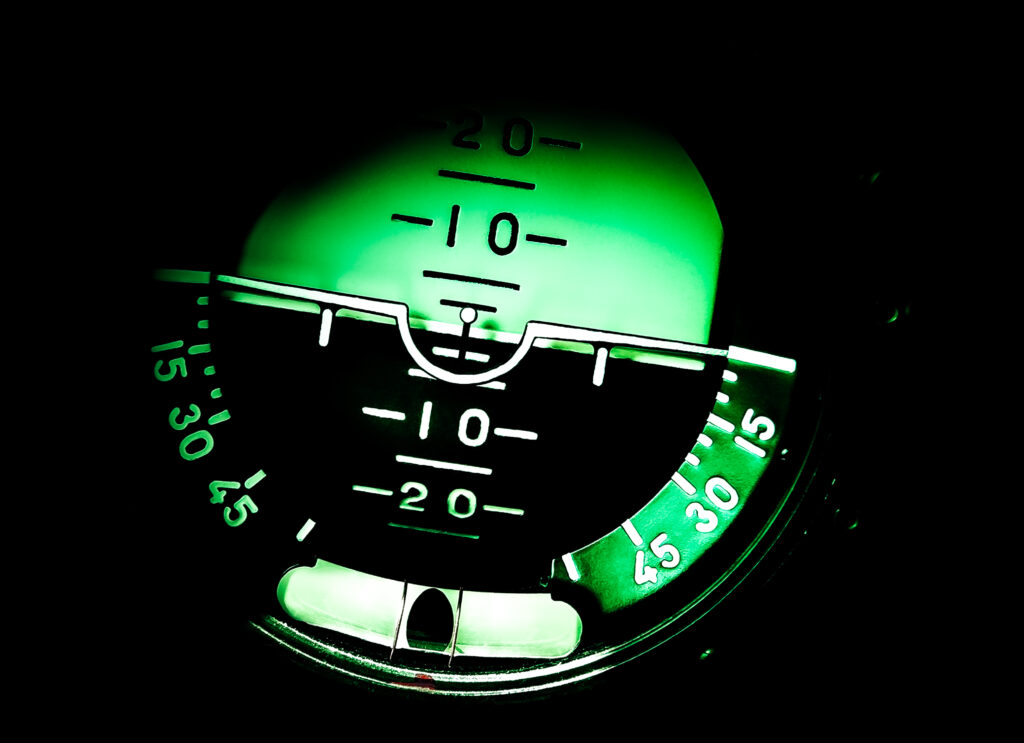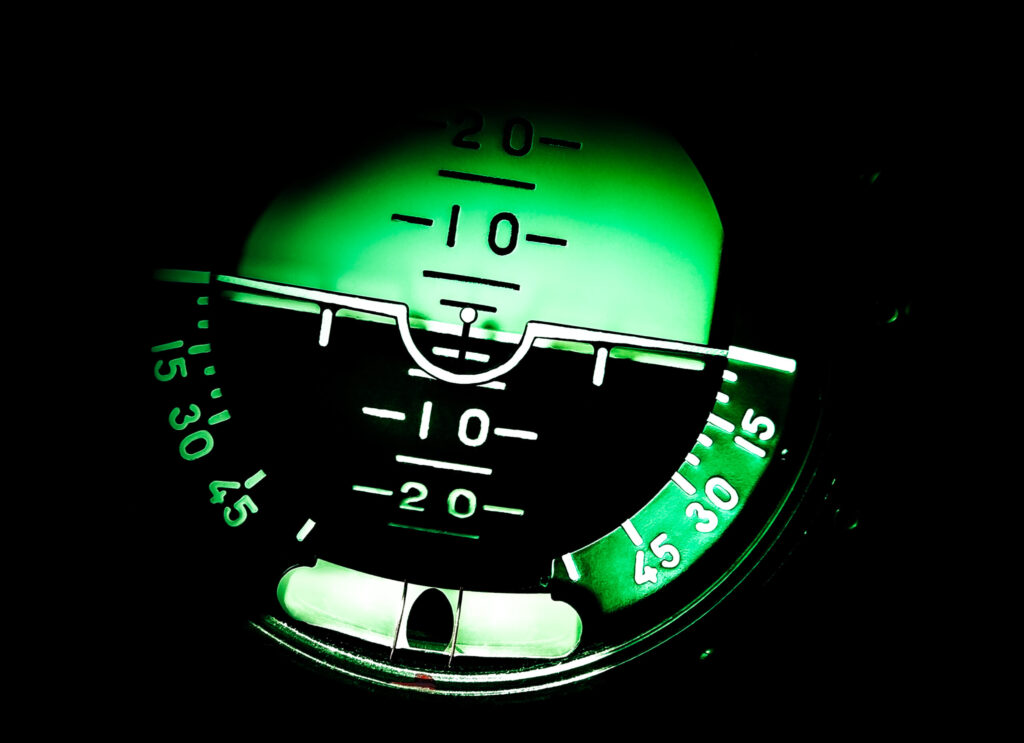Overview
Night vision devices have become crucial and irreplaceable equipment for armed forces all over the world. Since 1929 when they were first implemented, NVIS goggles have seen many advancements from early generation I to generation III goggles in the 1970s, responding to new challenges and greater dependence on technology. With increased performance including field of view, night vision goggles were introduced in aerospace missions. Cevians played a key role with the US Navy in enabling night vision usage in flight missions. Its history, accessibility, and cost, as well as its growing importance, will be covered in this article.
The Cycle of Innovation
As with much technological innovation, night vision imaging system technologies (NVIS) have followed a common maturity life cycle evolution, transforming accessibility and cost structures.
Four decades after it was first invented in 1929, night vision technology was progressively implemented into generalized night mission operations in the mid- 1980s. Cevians commercialized the first filtering component for incandescent lamps enabling the conversion of avionic instruments to carry full night vision.
The Adoption of NVIS Technology
Following decades of innovation and technology adoption, NVIS technology is well established as a standard requirement for the vast majority of military applications from fighter jet instruments to illuminated ground secondary instruments. With maturing technologies, manufacturing processes, and application development, the science and engineering communities are familiar with the requirements and compliance strategies of MIL-STD-3009.
In this maturing cycle, early innovations were followed by decades of continued technological development. Cevians, formerly a division of Wamco, collaborated with the US Navy to define the first military specification, MIL-L-85762, which remains in use today. Many of the company’s pioneering technologies were used in NVIS filtering of incandescent lamps, cold cathode fluorescent lamps, CRT displays and now LED backlight technologies such as AMLCD and OLED. In the first decades of the initial NVIS technology adoption, the main objectives were to solve technical challenges to ensure mission effectiveness. The use of these new technologies was initially limited to high end applications such as fighter jets and combat helicopters. Technologies included custom glass chemistries and advanced thin film technologies. They were produced in relatively small volumes using novel and cutting-edge processes. In this period where night vision was a providing a definite battle filed advantage, the cost was deprioritized for the benefit of technical performance and supply reliability.

Digitization of the Battlefield
The digitalization of the battlefield rapidly expanded the need for displays on ground missions, bringing new challenges for NVIS materials along with increasing demands. This evolution in requirements led to the development of NVIS visions polymers which would provide ground military robustness and reduced cost. Technology and manufacturing processes’ continuous improvement led to a more mature supply structure.
During the same period, design engineers also adapted display design strategy such that NVIS material required per display surface area was drastically reduced. Light filtering strategies migrated from full surface filtering which provided chromatic stability between night and day missions was often replaced by dual mode filtering A typical NVIS-compatible cockpit display can now be designed without a full surface NVIS filter, thereby reducing the cost of NVIS by nearly 80%. Additional reductions in costs were achieved by integrating polymer materials such as Cevians SafeNight into the dual mode NVIS edge lighting backlight.
Cost Reduction and Hardware Optimization
In addition to these significant cost reductions in displays, the NVIS compatible illuminated panels experienced a similar cost improvement with the migration of light sources from incandescent lamps to light emitting diodes. With NVIS compliant light emitting diodes such as Cevians NVISable LEDs, integrators significantly increase their product reliability (MTBF) but more importantly significantly reduce their production costs with an automated assembly process and elimination of infrared energy leaks. The implementation of NVIS-compliant light emitting diodes such as Cevians NVISable LEDs significantly increases product reliability (MTBF), while also reducing cost.
Cevian’s NVISable LEDs are surface mount components and do not require manual assemblies like the earlier lamp technologies. The latter also required additional manufacturing processes to ensure a leak-free assembly.

Conclusion
Based on multiple manufacturing cost analyses with leading manufacturers, the use of NVISable LEDs have demonstrated a 37% lower total cost of ownership than incandescent lamp assemblies. In the past 20 years, the acquisition cost of NVIS compliance for cockpit displays integrating illuminated keys has decreased on average by 72%, once adjusted for inflation.
As one of the most pivotal technological developments in military history, Cevians developed the first filtering component for incandescent lamps and continued to lead the industry in the entire technology cycle. A pioneer in night vision technology, Cevians developed the first contrast-enhancing NVIS filters for CRTs and LCDs, as well as BlackBackgroundTM technology.
As these advancements enable our military to maintain an advantage, it is imperative that we continue to implement technological innovations to meet the demand driven by the global digital battlefield.

